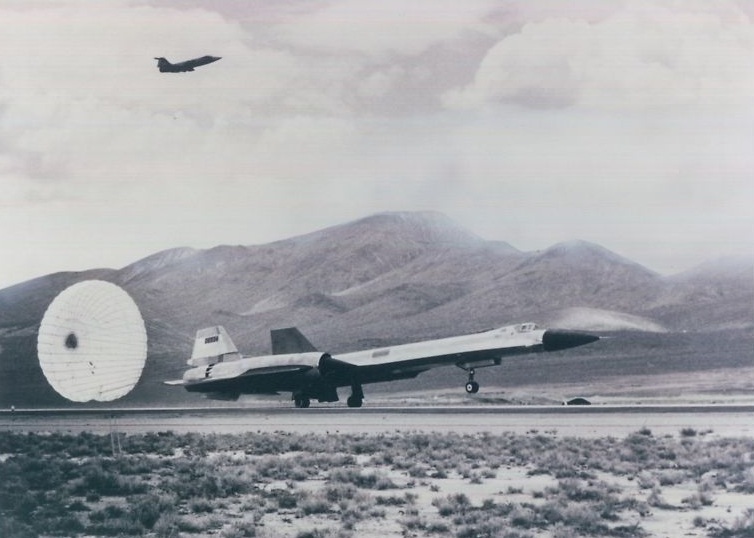
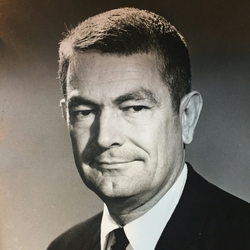
7 August 1963: The first Lockheed YF-12A interceptor, 60-6934, took off from a top secret air base at Groom Lake, Nevada, on its first flight. Lockheed test pilot James D. Eastham was at the controls.
Three YF-12A prototypes s were built. They were Mach 3+ interceptors developed from the Central Intelligence Agency “Oxcart” Lockheed A-12 reconnaissance airplane.
The interceptors were equipped with a very effective Hughes fire control system and armed with three Hughes AIM-47 Falcon air-to-air missiles. In 1965 the U.S. Air Force placed an order for 93 F-12B interceptors for the Air Defense Command, but Secretary of Defense Robert McNamara continually refused to release the funds which Congress had appropriated. Eventually the contract was cancelled.
In testing, a YF-12A launched a Falcon missile while flying at Mach 3.2 at 74,000 feet (22,555 meters). It successfully intercepted and destroyed a target drone flying at only 500 feet (152 meters).
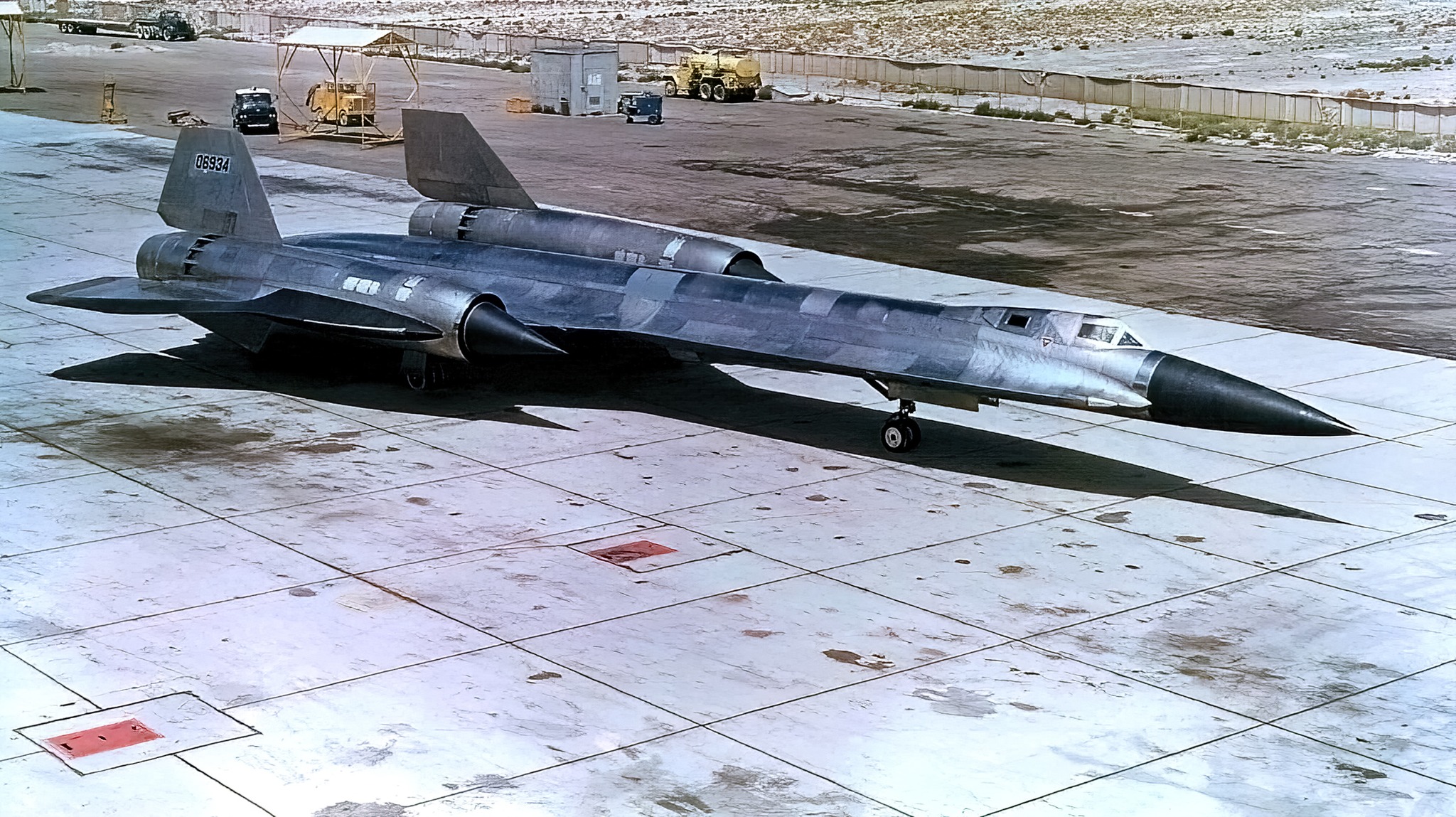
On 1 May 1965, YF-12A 60-6936, flown by Colonel Robert L. Stephens and Lieutenant Colonel David Andre, set a world speed record of 2,070.101 miles per hour (3,331.505 kilometers per hour) and a sustained altitude record of 80,257.86 feet (22,677 meters).

60-6934 was damaged beyond repair in a runway accident at Edwards Air Force Base, 14 August 1966. Part of the airplane was salvaged and used to construct the only SR-71C, 64-17981, a two-seat trainer. The third YF-12A, 60-6936, was destroyed when the crew ejected during an inflight fire near Edwards AFB, 24 June 1971. The only remaining YF-12A, 60-6935, is in the collection of the National Museum of the United States Air Force, Wright-Patterson AFB, Ohio.
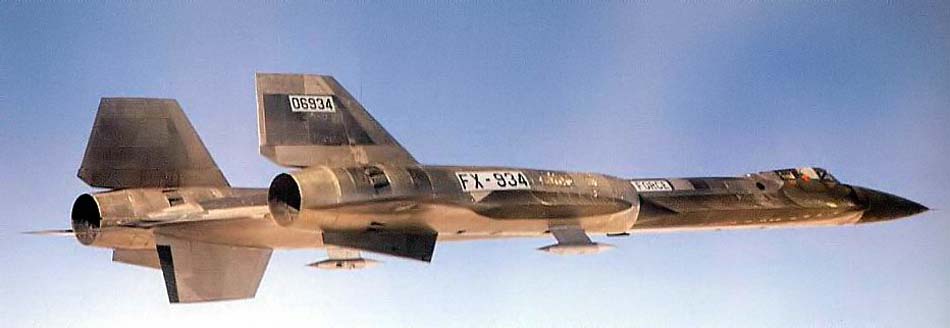
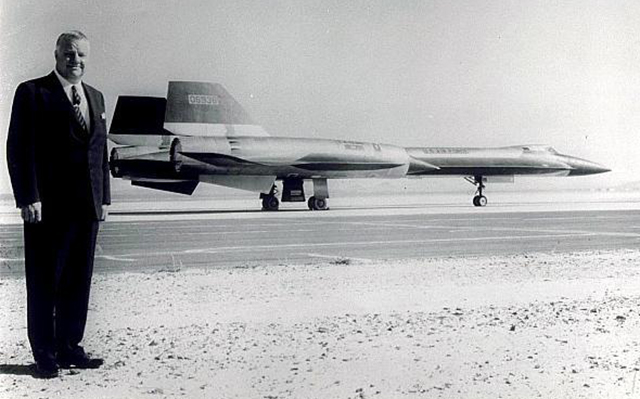
© 2017, Bryan R. Swopes
Shame ,that we have not furthered the use of this great aircraft . –From an old Air Defense Jock .
I agree. I could have been working on them instead of sixes! Of course, I love the six but I think all of us that spent time with her do now.
Jim Eastham live across the street and down 4 houses in Lancaster, CA during this period. His stepson, Skip, and I were good friends.
Looking back to those days in the ’60’s we had some notable aviation types in our neighborhood: Milt Thompson (NASA X-15), Fred Haise (Apollo 13), Zeke Hopkins (North American), Jim Eastham, and Lew Nelson (Northrop).
They all had the Right Stuff.
And again, an unwise decision from Robert McNamara. Isn’t there a price or an award for people who get it consistently wrong ?
There is nothing even today that can match the engineering and ability of this great airplane. The story of this and other amazing airplanes that Lockheed Skunkworks developed, under the leadership of Kelly Johnson, is told in the book ‘Skunkworks’ authored by Ben Rich who worked for Johnson and was the designer of those infamous inlet spikes. Highly recommend this book!
I worked for Boeing for many years, but I’m a huge admirer of everything Lockheed from their early days thru today.
In 64 & 65, I was F101 & F102 Radar Tech. In trying to induce me to re-enlist, I was promised to be sent to school at Hughes Aircraft in Culver City, CA. After school I would then be sent to Edwards AFB for the duration. I thought it over and when I realized that the Air Force didn’t give me that guarantee in writing, I turned them down and gotout on July 8, 1965. I am so glad I did because in Sept. 65 they sent half of my squadron from 59th FIS to Da Nang.
Wondering about the radar-transparent nose – what was it made of?